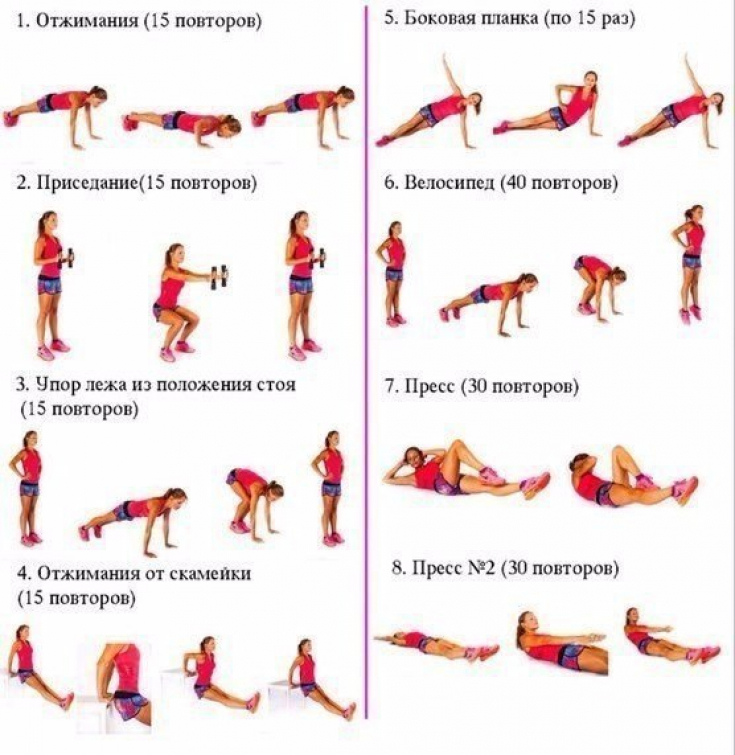Interval training can result in more weight loss than continuous training, with sprint interval training (SIT) being the most effective. Also important is the fact that interval training is more physically accessible for people with obesity and the elderly.
The results of the study were published on February 14, 2019 in the British Journal of Sports Medicine. Previous studies have shown that interval training is able to stimulate the activation of important enzymes associated with fat degradation, which occurs to a greater extent than continuous moderate-intensity exercise.
In the article estet-portal.com you can read in detail the recommendations regarding the management of patients with obesity and comorbid pathologies.
Reliability of data regarding the benefits of interval training
A team of researchers conducted a systematic review, meta-analysis and comparison of weight loss between high-intensity interval training (HIIT) and moderate-intensity continuous training (MOD).
Follow us on Instagram!
Included 41 studies for qualitative evaluation and 36 for meta-analysis. The qualitative assessment included 1115 people, while the meta-analysis included 1012. The average age of participants in all studies ranged from 10.4 to 70.1 years, and there were a total of 576 men and 522 women.

Researchers found that both interval training and MOD were associated with significant reductions in total body fat, at –1.50% and –1.44%, respectively (P = 0.00001).
Both forms of training were also associated with significant reductions in total absolute fat mass: ∼1.58 kg for interval training (P = 0.007) and ∼1.13 kg for MOD (P = 0.04).
There was no significant difference in total body fat reduction between interval training and MOD (P = 0.705).
However, interval training was associated with a 28.5% greater reduction in total absolute fat mass than MOD (greatest reduction was seen with sprint training) (P = 0.0094).
Watch the most interesting videos on our channel in Youtube
Individual approach: how to prescribe interval training for comorbidity
Despite the positive results, the team warns that it is important to be aware of the possible risks and warnings associated with more intense training.
For example, sprint training may increase the risk of injury and cause higher cardiovascular stress, and the potential discomfort associated with intense training may affect patient adherence.
Interval training may also be a better choice for obese and older people.
Older people may also have difficulty exercising for longer periods, which may make interval training a good alternative. The research team completed a study showing that interval training increased functionality and health parameters to a greater extent than MOD.
The advantage of interval training is that it can be done by almost anyone, but the doctor must know how to adapt it and remember that "intensity" calculated individually.
For a healthy young person, sprinting probably involves running at high speed, but for a weak older patient, slow walking will suffice.
For people who have knee problems and cannot run, cycling or even swimming can be advised. Patients with cardiovascular disease should choose controlled walking.
Diet or liposuction? Obesity treatment options
Choose the best for you and your patients
Most guidelines for treating obesity recommend high volumes of exercise, 150 to 250 minutes/week and up to 60 minutes/day of moderate-intensity aerobic exercise.
The authors suggest that interval training may promote weight loss as it has some of the same benefits as MOD but requires less time.
Indeed, HIIT has shown comparable improvements in insulin sensitivity and blood pressure compared to MOD, with at least the same high levels of satisfaction and commitment, and lower perceived stress.
Thank you for staying with estet-portal.com. Read other interesting articles in the "Endocrinology" section. You might be interested in How to assess the relationship between obesity and chronic diseases







Add a comment